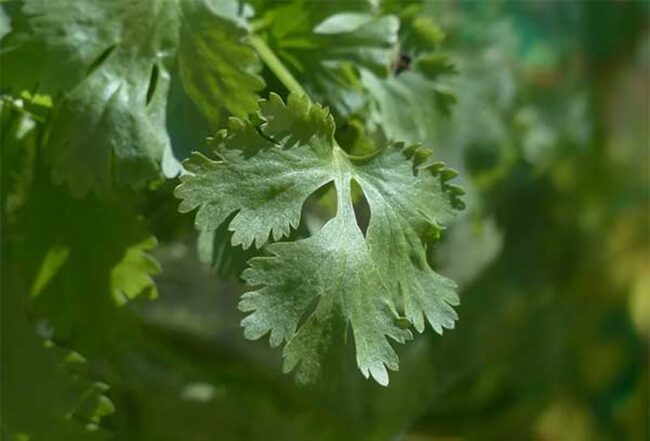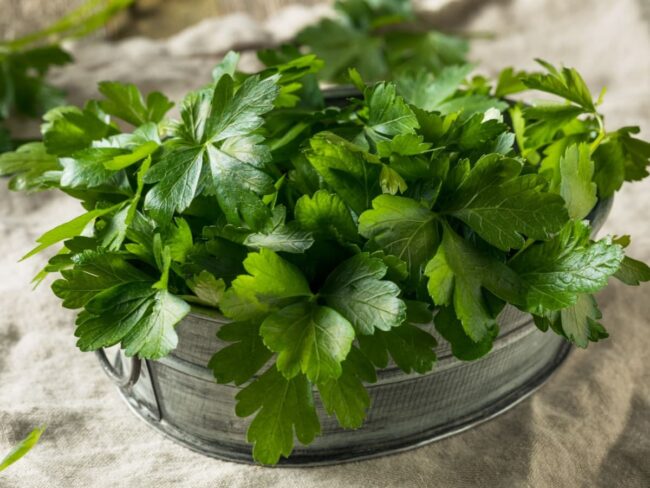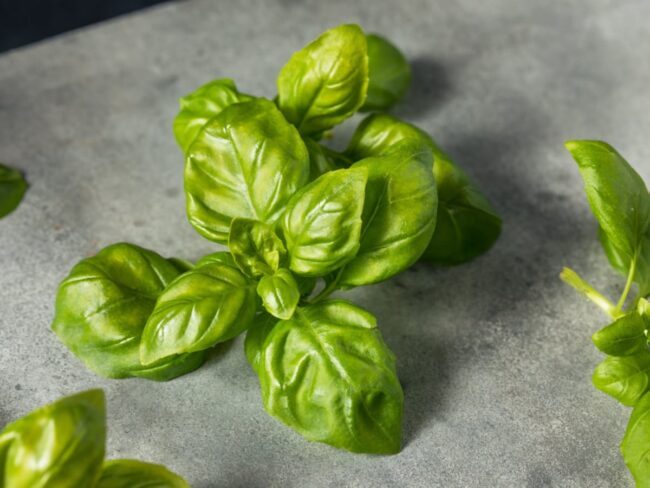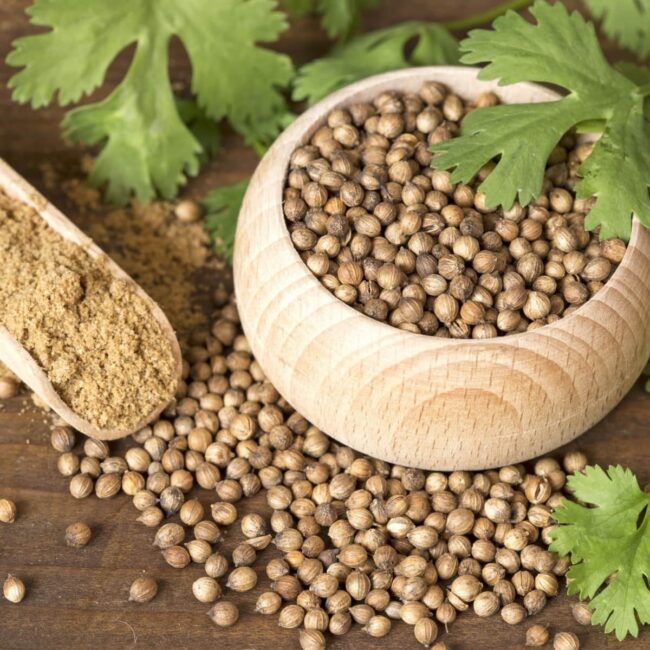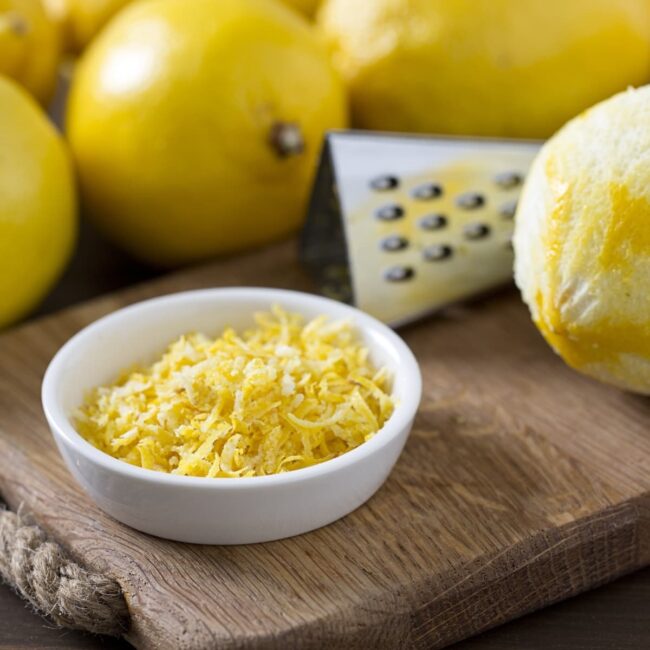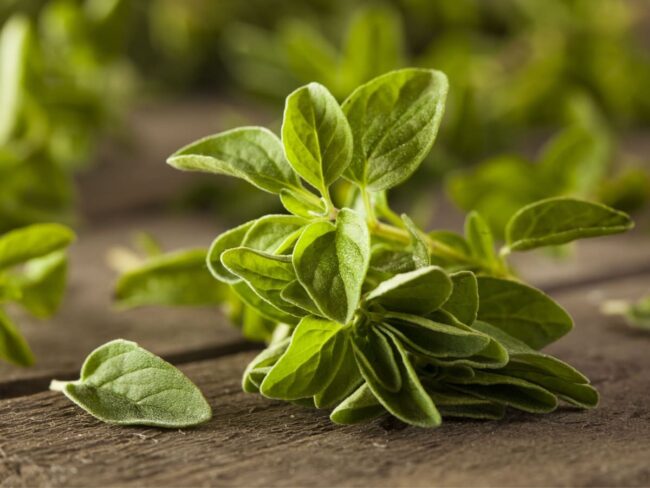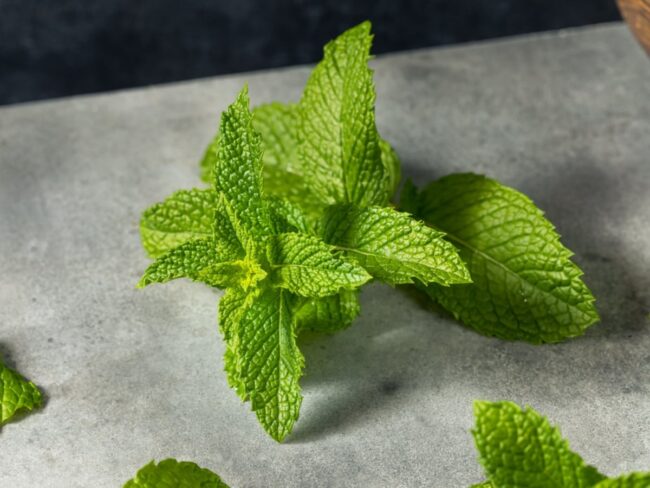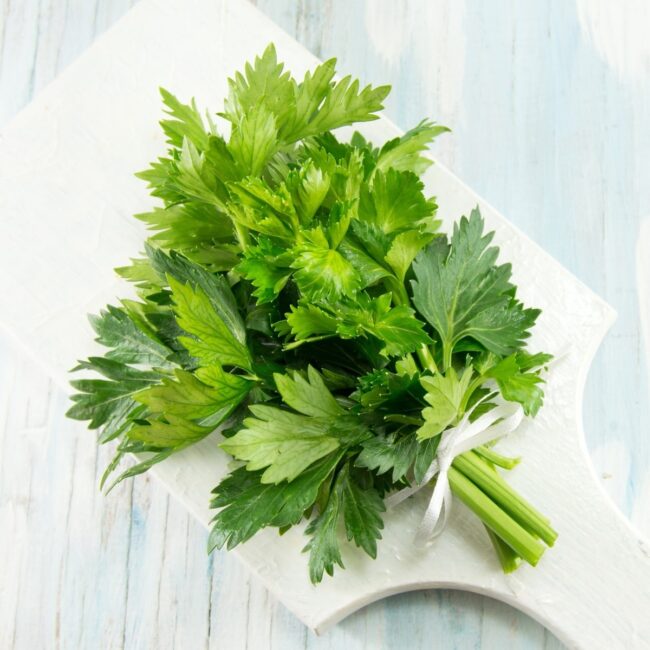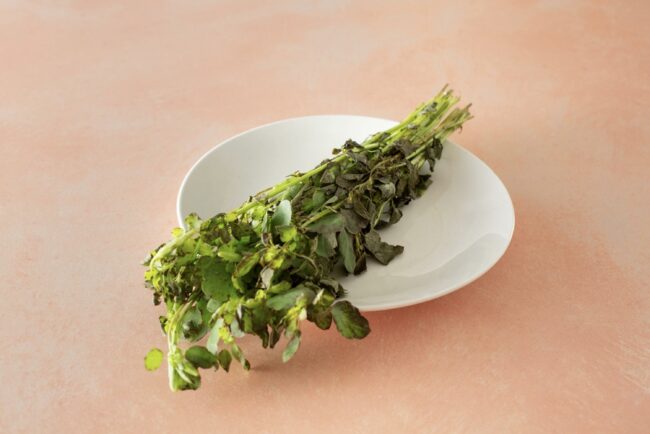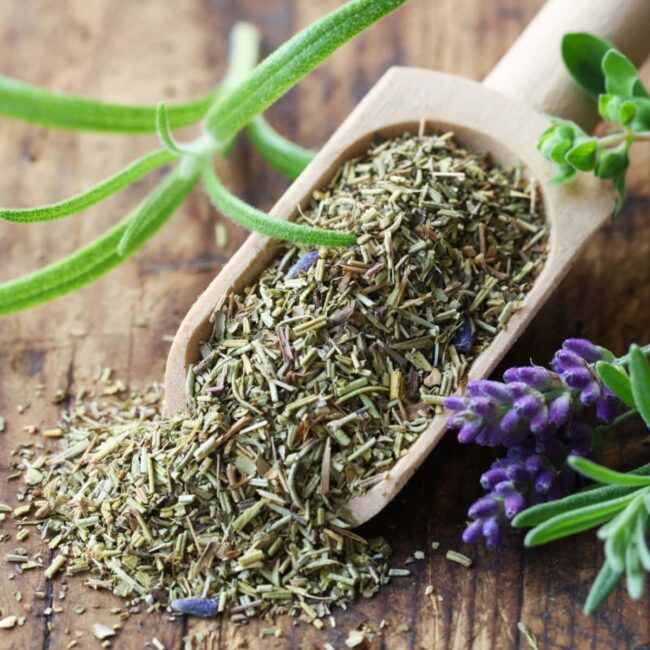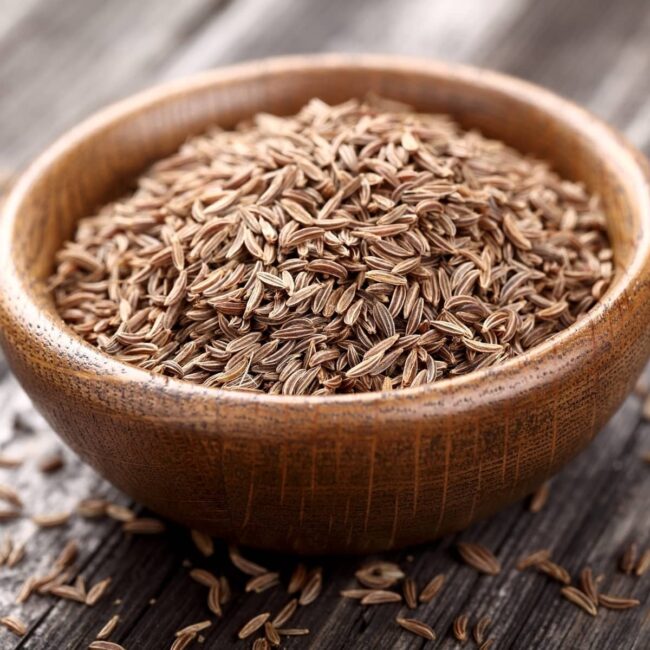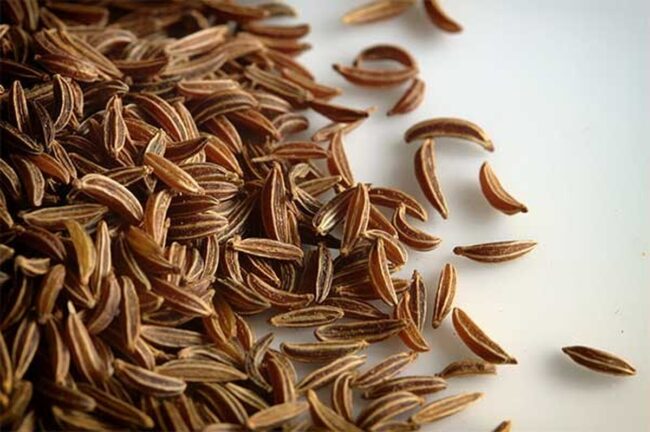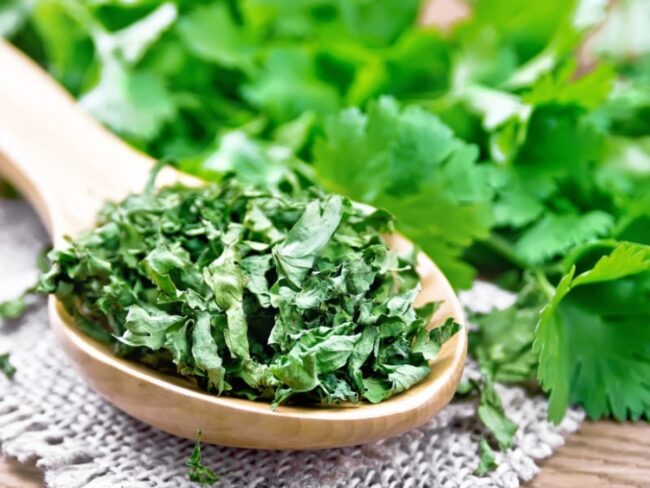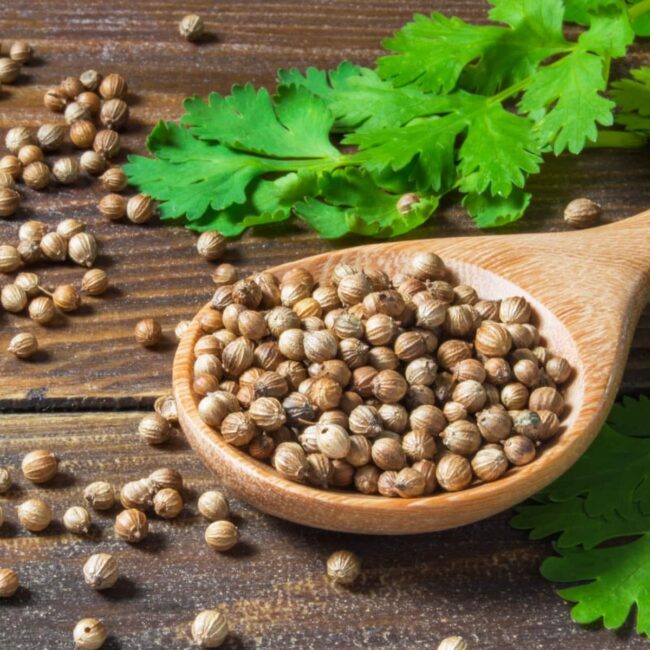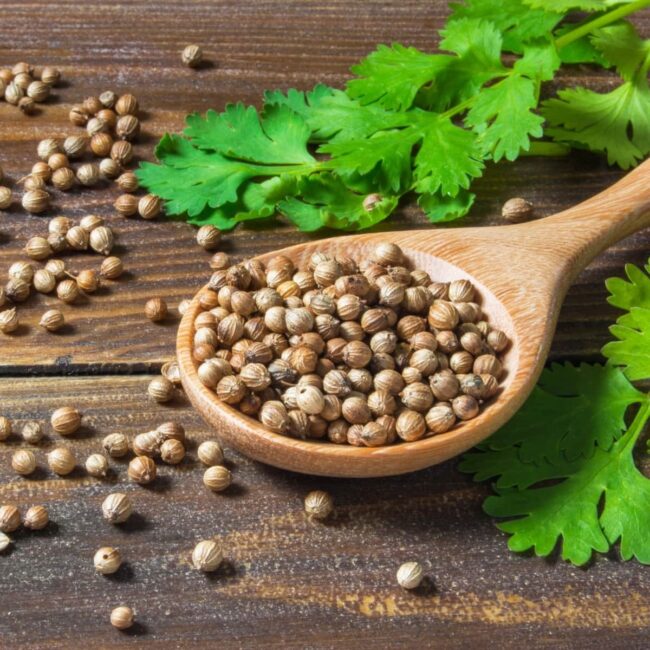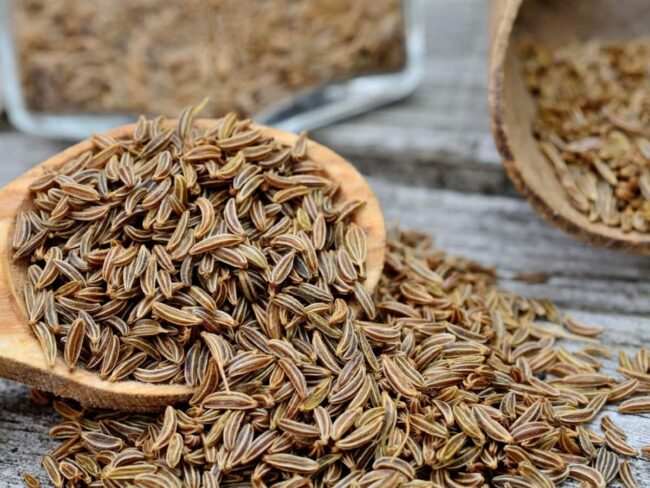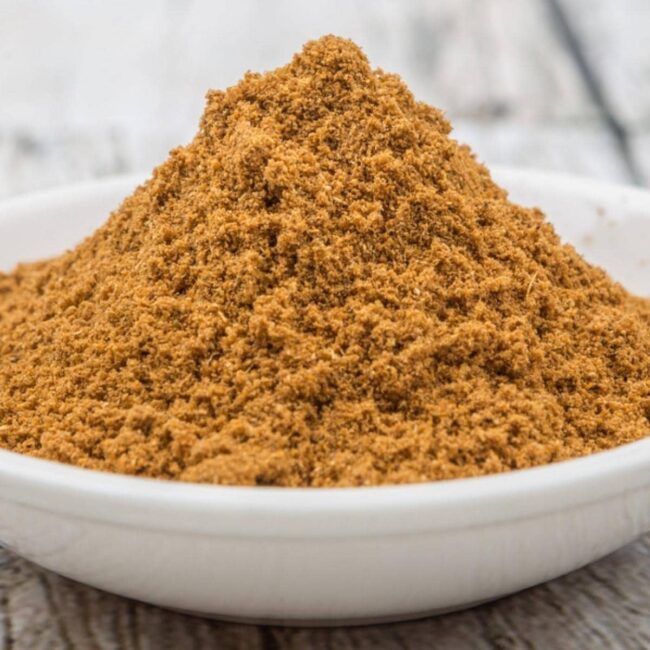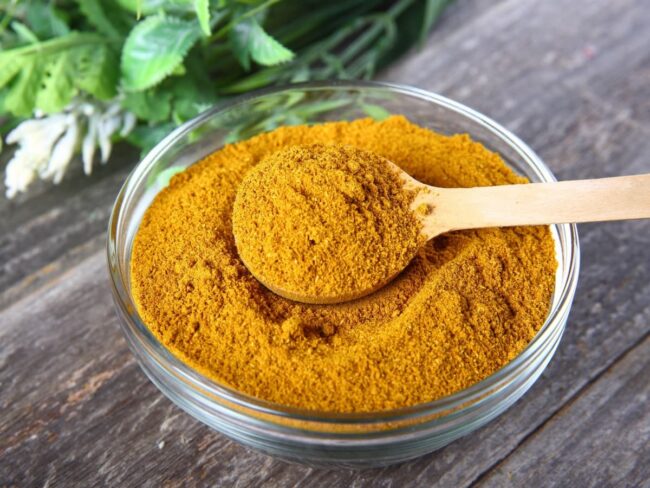19 Fresh Cilantro Substitutes for Herbaceous Dishes
Substitutes for cilantro bring brightness and depth without missing the signature herbal notes. Some alternatives offer the same citrusy freshness, while others lean toward a milder, more neutral taste.
The right choice depends on how the herb is used in a dish. A well-matched swap keeps flavors balanced without overpowering the recipe.
Texture and aroma also play a role in the best alternative. These 19 options will keep your recipes fresh and flavorful, no cilantro required:
What to Know About Cilantro
Cilantro is an aromatic herb widely embraced in Latin American and Asian dishes, known for its bold flavor profile and distinct aroma. Its unique taste stems from the aldehyde compounds present in the leaves and stems, which can evoke strong opinions, some adore it while others find it off-putting due to genetic differences affecting perception.
The entire cilantro plant is usable; you can enhance your meals by incorporating not just the leaves but also the tender stems and seeds, referred to as coriander. Adding fresh cilantro towards the end of cooking preserves its vibrant essence, though a light hand is crucial since too much can overshadow other ingredients.
Beyond flavor, this herb provides notable health advantages with antioxidants alongside vitamins C and K plus potassium enriching your meals nutritionally. Should you wish to explore alternatives or simply avoid cilantro's taste altogether, consider herbs like parsley or Thai basil that contribute their own distinctive flair without losing depth in your culinary adventures.
Why Do Some People Dislike Cilantro?
Cilantro, known as coriander in many regions, stands out as a widely used herb celebrated for its fresh and zesty flavor. Its unique taste can elicit strong reactions, with some individuals reporting an unpleasant soapy sensation when they encounter it.
Genetic predispositions significantly influence this experience; variations in the OR6A2 gene heighten sensitivity to certain aldehyde compounds found in cilantro, leading to that distinctive off-putting taste for some people.
Beyond genetics, environmental factors like temperature during growth can intensify cilantro's sharpness and aroma, impacting how you perceive its flavor profile. Additionally, cultural background plays a critical role, those who grew up enjoying dishes featuring cilantro often develop an affinity for it over time while others might find themselves less inclined due to unfamiliarity from their upbringing.
Understanding these dynamics provides valuable insight into your culinary choices involving this polarizing herb.
Fresh Herbs to Use Instead of Cilantro
Not a fan of cilantro? These fresh herb alternatives offer great flavor in any dish.
Parsley
Parsley stands out as a go-to alternative for fresh cilantro, particularly due to its similar look and texture. Italian parsley, often referred to as flat-leaf parsley, is the best choice when you need a replacement.
With a gentler flavor profile than cilantro, it complements dishes without overpowering them. You can easily substitute equal amounts of this herb in your recipes that call for cilantro.
Many cooks appreciate how versatile parsley can be across various cuisines while maintaining the dish's integrity. It's an excellent option when you seek freshness without the distinct taste of cilantro.
Basil
Basil serves as a noteworthy alternative to cilantro, particularly Thai basil which brings an aromatic essence with its subtle sweetness and hints of anise. This herb shines in various culinary creations such as curries, stir-fries, and fresh salads where you appreciate its unique flavor profile.
When incorporating basil into your recipes, it’s wise to use it judiciously; too much can overshadow other ingredients. Whether you're experimenting with new dishes or looking for ways to adjust familiar favorites, this fragrant herb offers versatility without losing the spirit of your meals.
You might find that a small amount makes all the difference in enhancing overall taste while maintaining balance throughout each bite.
Coriander
Coriander acts as a viable alternative to fresh cilantro, particularly when you seek its flavor without the green herb's texture. Derived from the same plant, coriander seeds or ground coriander deliver a subtle resemblance of that characteristic taste.
Using it judiciously allows for an enjoyable seasoning without overpowering your dish. This substitute works wonderfully in various cuisines where cilantro is often featured but may not be available at hand.
You’ll find yourself appreciating how well it complements many recipes while providing that desired essence of freshness and depth.
Lemon Zest & Dill
Lemon zest and dill serve as a vibrant alternative to fresh cilantro, offering an invigorating twist in flavor profiles. The zesty brightness of lemon enhances dishes with its refreshing quality, while dill contributes a subtle herbaceous note that complements various recipes beautifully.
Together, they create an aromatic blend ideal for seafood and fish preparations. This duo not only elevates the taste but also adds visual appeal to your meals, making them more enticing on the plate.
With these ingredients at hand, you can effortlessly enhance your culinary creations without missing out on that distinct freshness cilantro brings.
Oregano or Chives
Oregano and chives serve as excellent alternatives to fresh cilantro, each bringing its own unique flavor profile. Oregano delivers a warm, peppery essence that enhances everything from sauces to roasted vegetables.
In contrast, chives contribute a subtle onion-like note that brightens salads and dips beautifully. These herbs can easily elevate your culinary creations without losing the spirit of your dish.
Exploring these substitutes not only diversifies flavors but also opens up new avenues for creativity in cooking.
Mint
Mint serves as a bold alternative to fresh cilantro, offering a sharp and invigorating flavor profile. Its strong taste can elevate dishes when used judiciously, adding an exciting twist to your culinary creations.
In Middle Eastern and Mediterranean recipes, mint shines brightly alongside ingredients like yogurt or grilled meats, enhancing their overall appeal. You’ll find it complements salads and sauces beautifully while imparting freshness with every bite.
When substituting for cilantro, remember that a little goes a long way; it's easy to add more but difficult to take away once it’s in the mix.
Celery Leaves
Celery leaves are an excellent alternative to cilantro, offering a mild, grassy flavor along with a comparable texture.
Their versatility allows for seamless integration into salads, soups, and casseroles without overpowering other ingredients.
You might find their fresh taste enhances dishes in ways you hadn't considered before.
Whether you're stirring them into your favorite recipes or using them as a garnish, these leafy greens bring character to the table while providing that desired herbal touch you’re looking for when cilantro is unavailable.
Unique Ways to Replace Cilantro in Recipes
Discover unexpected substitutes that work well in dishes needing a fresh herbal touch.
Cilantro Bugs
Cilantro bugs are an unconventional yet intriguing alternative to traditional cilantro. These hawkmoth caterpillars not only serve as a sustainable protein source but also bring a surprising flavor profile when cooked correctly.
To incorporate cilantro bugs into your meals, it's essential to start with responsibly sourced insects; thorough cleaning is crucial for removing any debris or silk before blanching them in boiling water for just a few minutes. After draining, you can seamlessly integrate these unique creatures into your recipes much like fresh herbs would be used.
While this substitute might challenge dietary norms and personal choices, it opens the door to adventurous cooking and innovative flavors that could elevate your dishes significantly.
Papalo
Papalo serves as an excellent substitute for cilantro, boasting a flavor profile that closely resembles its more common counterpart but with a bolder intensity. This herb hails from Mexico and is frequently featured in traditional meals such as tacos, salsas, and guacamole.
When incorporating papalo into your dish, consider starting with half the quantity specified for cilantro to avoid overpowering other flavors. As you cook, tasting along the way will help you fine-tune the amount based on your palate's preference since this herb can be quite potent if used excessively.
By adjusting carefully, you'll achieve just the right balance in your culinary creations without losing that fresh essence you're aiming for.
Dried Herb Alternatives for Cilantro
When you need a dried cilantro replacement, these herbs bring a similar taste.
Dried Herbs
Dried herb alternatives serve as excellent substitutes for cilantro, offering a unique flavor profile that can elevate your dishes. A mix of oregano, parsley, and basil in equal parts provides a aromatic blend reminiscent of the beloved herb.
When substituting, simply use the same quantity of this dried combination as you would fresh cilantro but feel free to adjust according to your taste preferences. This approach not only maintains the essence of your recipe but also introduces new dimensions without overpowering other ingredients.
Versatile and easy to prepare, these herbs work well across various cuisines where cilantro is traditionally used.
Cumin
Cumin serves as an excellent alternative to dried cilantro, offering a rich and earthy depth to your meals. This spice introduces warmth that can elevate the overall flavor profile of various dishes.
When using cumin instead of dried cilantro, it's wise to begin with half the amount you would typically use for cilantro, adjusting as needed based on your preference. Its unique taste complements everything from savory stews to zesty salsas, making it versatile in many cuisines.
Incorporating this spice allows you to maintain robust flavors without missing out on the essence brought by herbs like cilantro. You’ll appreciate how easily cumin enhances your culinary creations while providing a delightful twist on familiar recipes.
Caraway
Caraway seeds serve as a suitable alternative to dried cilantro, imparting a gentle earthy aroma to your dishes. While the flavor profile differs from that of cilantro, these seeds introduce an interesting taste twist without overwhelming other ingredients.
They work well in recipes where you seek depth but should be used cautiously due to their strong essence when overused. Incorporating caraway can enhance soups and stews or even spice up baked goods with unique notes that stand out beautifully.
This substitution is particularly useful for those looking for herbal nuances while avoiding cilantro altogether.
Dried Cilantro
Dried cilantro serves as a handy alternative when fresh cilantro isn't on hand, providing a milder flavor profile that still enhances your dishes. It brings convenience without sacrificing too much taste, making it ideal for various recipes like soups and sauces where you want to add depth.
To effectively replace fresh cilantro with dried, use roughly one-third of the quantity specified in your recipe; this adjustment helps maintain balance in flavors. Whether you're whipping up salsa or seasoning meats, dried cilantro can step in seamlessly while ensuring your meal remains flavorful and aromatic.
Knowing how to swap ingredients not only saves time but also keeps cooking flexible and enjoyable.
Coriander Seed
Coriander seed serves as an excellent alternative to dried cilantro, stemming from the same plant yet offering a unique flavor journey. With warm, sweet, and slightly spicy notes, this substitute enriches dishes in unexpected ways.
When substituting coriander seeds for cilantro in your recipes, opt for ground or crushed forms to release their aromatic qualities fully. It's wise to begin with half of what is recommended for dried cilantro; you can always adjust according to taste preferences while cooking.
This swap allows you to maintain depth without overwhelming your dish’s profile with strong flavors. Embracing coriander seeds opens up new avenues of culinary creativity while ensuring that meals remain deliciously satisfying.
Spices That Mimic Cilantro’s Flavor
Try these spices to capture the fresh, citrusy notes of cilantro in your cooking.
Ground Coriander & Coriander Seeds
Ground coriander and coriander seeds serve as excellent substitutes for cilantro, drawing from the same plant yet offering distinct flavor nuances.
Ground coriander brings a subtle citrusy essence along with earthy notes that enhance dressings, stews, and sauces beautifully.
For those seeking a more intense taste experience, toasting and crushing coriander seeds unlocks deeper flavors perfect for seasoning rice dishes or crafting meat rubs.
These spices not only stand in well but also introduce new layers of complexity to your culinary creations while staying true to familiar tastes.
Caraway Seeds
Caraway seeds serve as a unique alternative to cilantro, offering an earthy and slightly sweet flavor profile with hints of anise. While they don't replicate the fresh taste of cilantro, their aromatic qualities enhance various dishes such as soups, stews, and salads in surprising ways.
Toasting or crushing these seeds can unlock their essential oils, adding depth to your culinary creations. This spice invites you to experiment in the kitchen while providing a distinct twist that complements many savory meals beautifully.
When looking for something different from traditional herbs, caraway could just be what you need for flavorful innovation.
Garam Masala
Garam masala serves as a fantastic alternative to cilantro, particularly in Indian and Middle Eastern dishes. This fragrant spice blend is crafted from ingredients like ground coriander, cumin, cardamom, and cinnamon, providing a rich flavor that enhances your meals.
While it doesn’t replicate the unique taste of cilantro exactly, garam masala brings warmth and complexity to recipes you might be preparing. You can easily incorporate it by adding just a pinch or two to achieve the depth you're looking for without losing character in your cooking.
It's an ideal choice when searching for something aromatic yet distinctively different.
Chili
Chili is an excellent alternative to cilantro, offering a spicy zest that enhances dishes while mimicking the freshness you might expect from herbs. Its versatility shines through in various cuisines, seamlessly fitting into Mexican salsas and Asian stir-fries alike.
When incorporating chili, it's wise to start with a small amount and gradually increase it based on your preferred heat level. This spice not only brings flavor but also adds depth to your culinary creations without overpowering them.
The unique characteristics of chili make it a go-to option for those seeking bold tastes in their meals.
Curry Powder
Curry powder serves as an exceptional alternative to cilantro, offering a rich and complex flavor profile. This spice blend features key ingredients like turmeric, ground coriander, cumin, and chili that enhance your dishes with warmth.
You’ll find it complements everything from aromatic Southeast Asian curries to zesty marinades and savory rubs seamlessly. The subtle sweetness in curry powder mirrors the fresh essence of cilantro without overpowering other flavors in your meal.
Experimenting with this unique seasoning can bring new life to familiar recipes while satisfying those who may not enjoy cilantro's distinct taste.
How Cilantro Is Used in Different Cuisines
Cilantro, known as coriander in many regions, is a herb widely used across diverse culinary traditions. A surprising number of people find this green ingredient unappealing. Let’s delve into the reasons for such aversions.
Understanding these factors helps navigate recipes and dining experiences involving cilantro while considering varying tastes among friends or family members.
Best Cilantro Substitutes for Recipes
Cilantro, also known as coriander, plays a vital role in diverse culinary traditions around the globe:
Understanding these aspects allows you to appreciate how this herb enriches various recipes while exploring suitable alternatives when needed can expand your culinary options further.
Regional Alternatives for Cilantro
When cilantro isn't available, you can find alternatives that match the dish's flavor and intent. Here are some great options to consider:
Using Fruits as a Cilantro Substitute
Lime and lemon serve as excellent substitutes for cilantro, infusing your dishes with a bright citrus flavor. These fruits deliver a zesty kick that can uplift the overall taste without overshadowing other ingredients.
Lime juice mirrors cilantro’s herbal notes, providing an invigorating aroma when added to recipes, just be sure to adjust it based on personal preferences for balance.
Lemon juice also contributes a lively tang but requires careful measurement to avoid overwhelming the dish's flavor profile.
Mixing lime or lemon with fruits like grapefruit or orange opens up exciting new dimensions in taste; this approach allows you to craft refreshing combinations tailored to your liking.
Utilizing these citrus alternatives not only accommodates those sensitive to cilantro but also enhances your culinary creations significantly.

